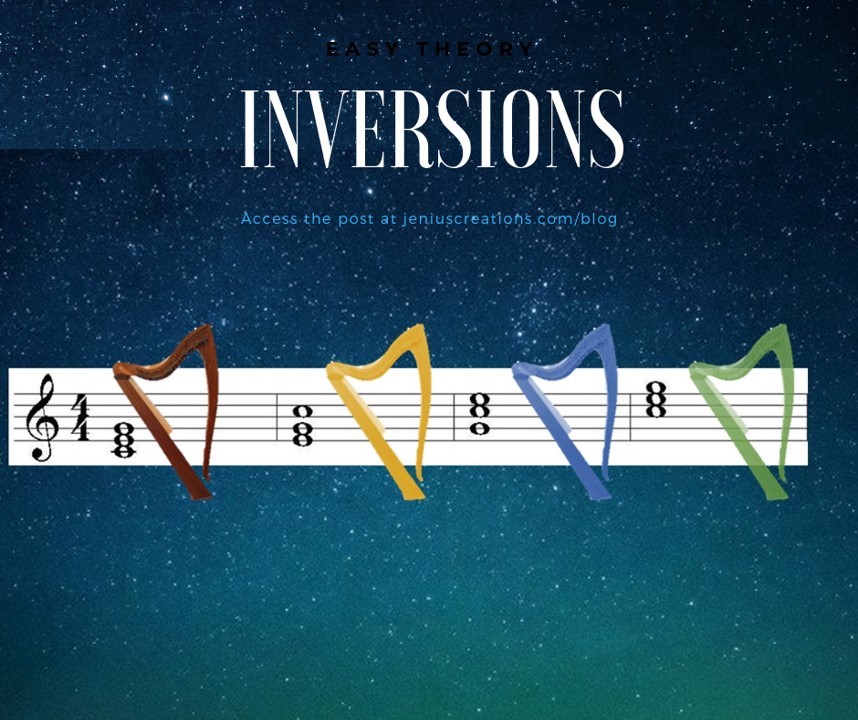I know, I have said the “T” word (theory). But you’re still reading, so that’s a good sign! And you know that when something starts with the “T” word, you might not enjoy it, but it will probably serve you (and sooner than later). So, let’s just wade in.
I received a nice compliment the other day when someone noted that I never play a tune the same way, even in the repeats. This struck me because I had just been thinking about how I needed to really work on changing things up while playing so tunes won’t get stale to the listener! While thinking through the juxtaposition of these comments, it became clear that the space between was based on our different perceptions of the chords that underlie the tune. And that’s how we ended up here in the “T” zone.
There is an easy way to change up the accompaniment and harmony (typically in the left hand) so you to will never play something the same way every time. But it does require that you not only know some theory, but that you practice it too!
 You know this stuff – let’s just make it front of mind! Let’s work in the key of C major (it works in every key, but let’s stay with a relatively simple example).
You know this stuff – let’s just make it front of mind! Let’s work in the key of C major (it works in every key, but let’s stay with a relatively simple example).
First we have the triad – in C that will be C – E – G (played with 3 – 2 – 1). This is called the “Root” position and the “name” of the scale is in the root position. This is a nice solid chord and gets used a great deal. However, after a while, you might want something new. So what to do?
Well, we could move to the “First Inversion” in which we take the Root note and pop it on the top of the chord. So now we have E – G – c (we moved the C off the bottom and replaced on the top). Listen to that – you can hear that it’s the same, but different. So now you have another option.
But only one option is just not going to be enough! So we can move the third (which is now on the bottom) up to the top – and now we have the second inversion! You’ll note that this again sounds the same, and yet has a really different “ear – taste”.
Go sit at your harp (you don’t fool me, I know you are reading and haven’t actually heard this yet!) and play these inversions (they are in the graphic if looking at the dots will help you process this). You can work your way up the harp – start by playing the Root, then reposition and play the first inversion, and then move again and play the second inversion. And it might sound a little “off” so go ahead and move the 5th to the top – and now you’re back to the root, just an octave higher.
Now, play through again and really listen to the differences between the inversions – each of them has it’s own “flavor”. See which ones you like or which ones evoke specific moods or feelings. With practice, you’ll remember which is which and you’ll be able to match that to the feeling you want to invoke with a specific tune. Of course this is more likely with an air but fast tunes also benefit with some thinking about the feeling the chord imparts to the tune.
If you haven’t done this before, you might have to work a little bit to move between the inversions. But with a little practice you’ll be able to make those movements easily. And with that practice, you will get faster at remembering which notes are included and which notes go where. The exercise can be blocked chords – Root — > 1st Inversion — > 2nd Inversion — > root (either the octave above or where you started – it’s up to you). Just remember to place, play, move, and place the next shape. When you’re solid on these blocked chords you’ll be ready to move onto broken or arpeggiated versions.
Once you’re comfortable with the inversions themselves, you can start inserting them into tunes you already know. Replace your same ol’-same ol’ root chords with the inversion you like and listen to the difference. Play around – you can also get out of the inverted triad and use ideas that might come up as you play. You could use a 10th or play just the 3rd – you get the idea. Find the things you like and work them into the tunes you play.
What do you like best? Share your ideas in the comments below.
Comments
3 responses to “Speaking Theoretically – Inversions”
Very clear. I love The differently colored harps to suggest a way to remember the inversions.
Glad to hear that! Have fun inverting! 🙂
🙂